[ad_1]
HOUSTON (Reuters) – President Donald Trump visited a Houston relief center on Saturday to meet some of the tens of thousands of Texans forced from their homes by record flooding triggered by Hurricane Harvey, as the return of big league baseball brought a welcome distraction to the weary city.
Visiting the state for the second time since the powerful storm struck, the president and his wife, Melania Trump, were greeted warmly on an unannounced stop to NRG center, a convention complex converted into a facility to assist storm evacuees.
“Really, I think people appreciate what has been done,” Trump told reporters. “It has been done very efficiently, very well. There is a lot of love, a lot of love.”
The storm is expected to be one of the costliest natural disasters in U.S. history, displacing more than 1 million people and leaving behind wreckage in an area stretching more than 300 miles (480 kms) that officials said would take years to repair.
Some areas of Texas received more than 50 inches (127 cm) of rain and the storm led to the deaths of at least 46 people.
The visit gave Trump an opportunity to show an empathetic side to victims. Some have criticized him for staying clear of the disaster zone during a Texas visit on Tuesday, when he said he did not want to hamper rescue efforts.
The first couple’s initial stop was at the center’s “kid zone” where they hugged and chatted with some children playing there. At one point, Trump, dressed in a black rain jacket and no tie, picked up a child and kissed her on the cheek. The first lady, wearing a cap with “Texas” written in white letters, knelt on the floor with a gaggle of children.
Later, the couple handed out prepared meals to the crowd, pausing frequently to greet and take “selfies” with aid recipients.
Kevin Hipolito, 37, an unemployed Houston resident rescued from the roof of his car two days earlier when his first-floor apartment was flooded, said he saw the Trump visit to the fourth-most populous U.S. city as a show of support.
“I‘m a Democrat. It raises the morale,” he said while the Trumps served lunch.
The Trumps later flew to flood-hit Lake Charles, Louisiana.
Harvey came on the 12th anniversary of Hurricane Katrina, which killed about 1,800 people around New Orleans. U.S. President George W. Bush’s administration was roundly criticized for its botched early response to the storm, and the Trump administration appeared intent on avoiding such a misstep.
Robert Hendricks, 48, an electrical engineer standing on line at NRG Stadium, was skeptical about Trump’s visit helping in the crisis.
“What’s he going to do, use us as props to serve us lunch?” he said before adding: “It’s good that he’s showing his face.”
BASEBALL RETURNS
The devastation from the unprecedented flooding to the Houston metropolitan area, with an economy as large as Argentina‘s, has been enormous. As of Saturday morning, nearly 200,000 homes have suffered flood damage and about 12,600 were destroyed, according to the Texas Department of Public Safety.
Floodwaters of 18 inches (46 cms) or more once covered more than 70 percent of Harris County, home to Houston, hitting people of every social stratum in one of the most ethnically diverse parts of the United States.
But in a hint of normalcy, baseball returned to downtown Houston, on Saturday. At Minute Maid Park, the Houston Astros opened a double-header against the New York Mets, the first time the team played at home since Harvey struck. Houston Mayor Sylvester Turner threw out the first pitch and a moment of silence was observed for those who died.
For many people in the region, there was little time for baseball or the Trump visit as receding waters allowed them to return to flood-damaged homes for the first time since the Harvey came ashore on the Gulf Coast last Friday as the strongest hurricane to hit the state in more than 50 years.
In a neighborhood in east Houston, the streets were lined with 8-foot (2.4 meter) piles of soggy debris, including mattresses, carpets and other belongings ripped out of homes. Volunteers had set up shade tents with water and food and were helping residents remove the wreckage.
Many areas still were battling floodwaters from swollen rivers that were expected to last for a week or more. In Beaumont, about 85 miles (137 km) east, officials were trying to repair a flood-damaged pumping station that caused the city of about 120,000 people to lose drinking water about three days ago.
The storm shut about a fourth of U.S. refinery capacity, much of which is clustered along the Gulf Coast, and caused gasoline prices to spike to a two-year high ahead of the long Labor Day holiday weekend.
In a letter to Congress on Friday, the Trump administration asked for a $7.85 billion appropriation for response and initial recovery efforts. White House Homeland Security Adviser Tom Bossert has said funding requests for aid would come in stages as more became known about the impact of the storm.
Texas Governor Greg Abbott, who accompanied the president on his visit to the Houston relief center, has said his state may need more than $125 billion.
Meanwhile a new storm, Irma, had strengthened on Friday into a Category 3 hurricane on the five-step Saffir-Simpson scale. It remained hundreds of miles from land but was forecast to possibly hit Puerto Rico, the Dominican Republic and Haiti by the middle of next week.
Additional reporting by Richard Valdmanis, Adrees Latif, Ernest Scheyder, Ruthy Munoz, Peter Henderson and Andy Sullivan in Houston, Steve Holland in Washington, Julia Simon in New York and Jon Herskovitz in Austin, Texas; Writing by Jon Herskovitz and Frank McGurty; Editing by Mary Milliken and Bill Trott
[ad_2]
Source link

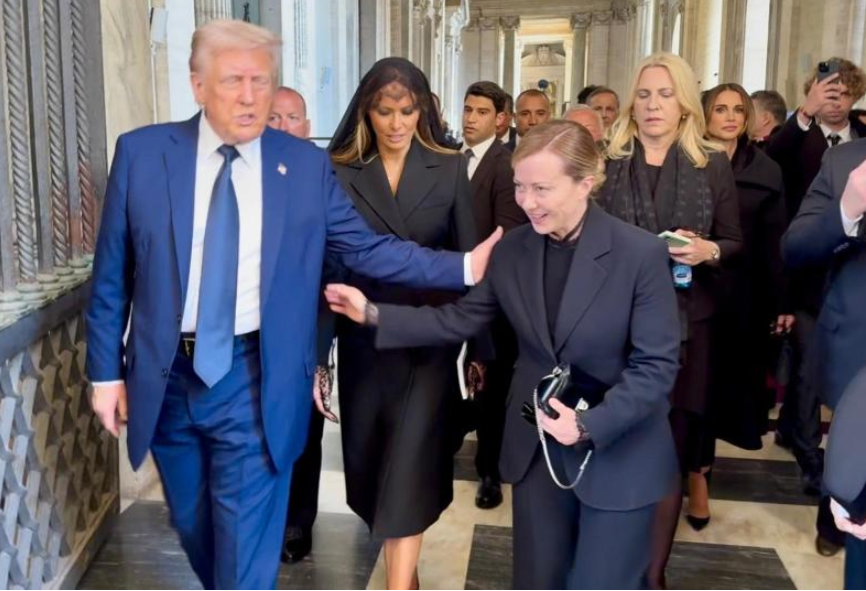
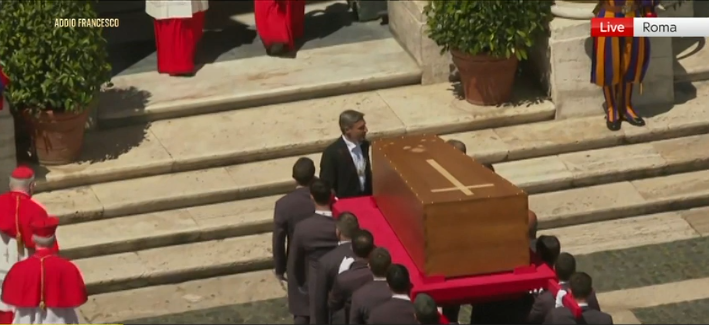
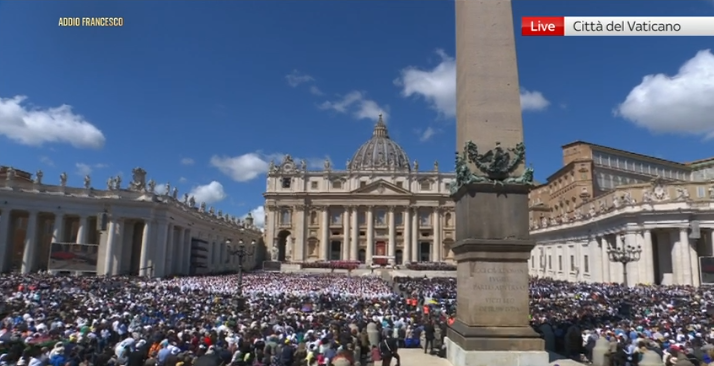
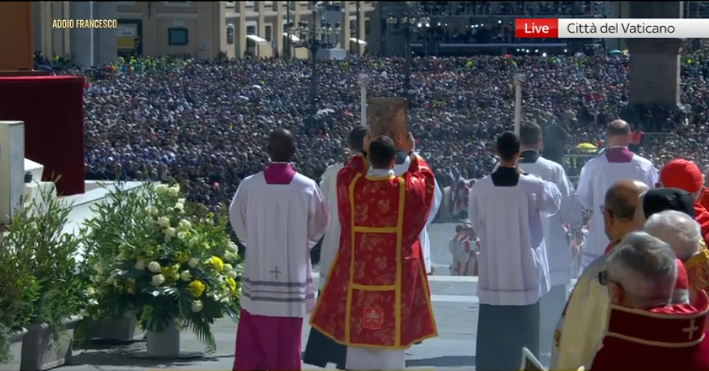
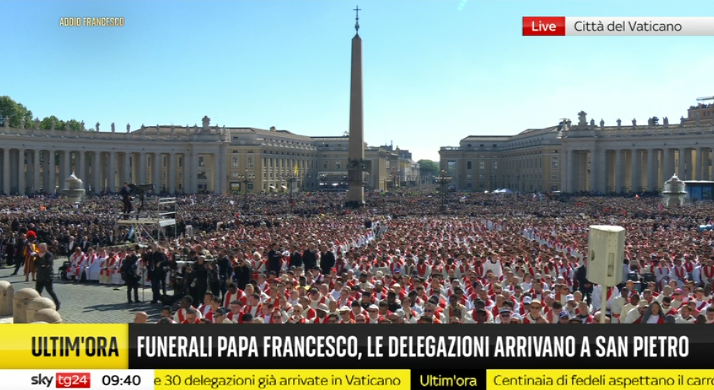
Leave a Reply